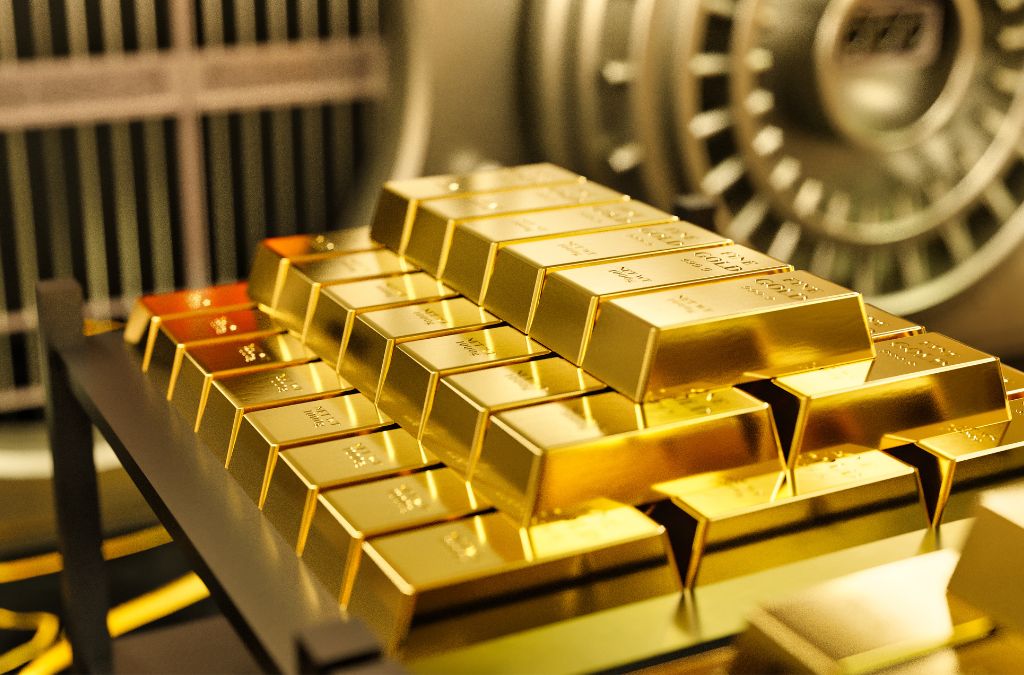Goldira, a term often associated with the investment in gold-backed individual retirement accounts, is not just about financial security. The physical gold itself can exhibit a range of color variations that intrigue both investors and collectors. Understanding what influences these hues can enhance appreciation and inform purchasing decisions.
The Science Behind Gold’s Color
Gold’s color is primarily determined by its atomic structure. Pure gold, known as 24-karat gold, has a distinct yellow hue. This is due to the way online platform of Midland Trust atoms absorb and reflect light. The electrons in gold move at speeds that are a significant fraction of the speed of light, causing relativistic effects that shift the absorption of light towards the blue end of the spectrum. This results in the characteristic yellow color.
Alloying and Its Impact on Color
When gold is alloyed with other metals, its color can change dramatically. Common metals used in alloying include copper, silver, nickel, and palladium. Each of these metals imparts a different hue to the gold:
- Rose Gold: Created by adding copper, rose gold has a pinkish hue. The higher the copper content, the redder the gold appears.
- White Gold: Typically alloyed with nickel or palladium, white gold has a silvery appearance. It is often plated with rhodium to enhance its whiteness.
- Green Gold: A lesser-known variant, green gold is made by adding silver. It has a subtle greenish tint.
Historical and Cultural Influences
Throughout history, different cultures have preferred various gold hues. In ancient Egypt, for instance, yellow gold was highly prized and associated with the sun god Ra. In contrast, the Victorian era in England saw a rise in the popularity of rose gold, reflecting the romanticism of the period.
Modern Preferences and Trends
Today, the choice of gold color often reflects personal taste and fashion trends. White gold has gained popularity for its modern and sleek appearance, often used in engagement rings and contemporary jewelry designs. Rose gold has seen a resurgence, favored for its warm and romantic appeal.
Case Studies: Gold Color in Practice
Examining real-world examples can provide insight into how gold color variations are applied in different contexts.
Jewelry Design
In the jewelry industry, designers often choose gold color based on the desired aesthetic and target market. For instance, a luxury brand might opt for white gold to convey elegance and sophistication, while a brand targeting younger consumers might use rose gold for its trendy appeal.
Investment Products
For investors, the color of gold can influence purchasing decisions. Some investors prefer the traditional yellow gold for its classic appeal and historical significance. Others might choose white or rose gold for diversification or personal preference.
Statistics and Market Insights
Market data reveals interesting trends in gold color preferences. According to a survey by the World Gold Council, yellow gold remains the most popular choice globally, accounting for approximately 60% of gold jewelry sales. White gold follows with 30%, while rose gold captures around 10% of the market.
These statistics highlight the enduring appeal of yellow gold, while also indicating a growing interest in alternative hues.
Conclusion
The color variations of Goldira are influenced by a combination of scientific, historical, and cultural factors. From the atomic structure of gold to the metals used in alloying, each element plays a role in determining the final hue. Understanding these influences can enhance appreciation and inform decisions, whether for investment or personal enjoyment. As trends evolve, the diverse palette of gold colors continues to captivate and inspire.
